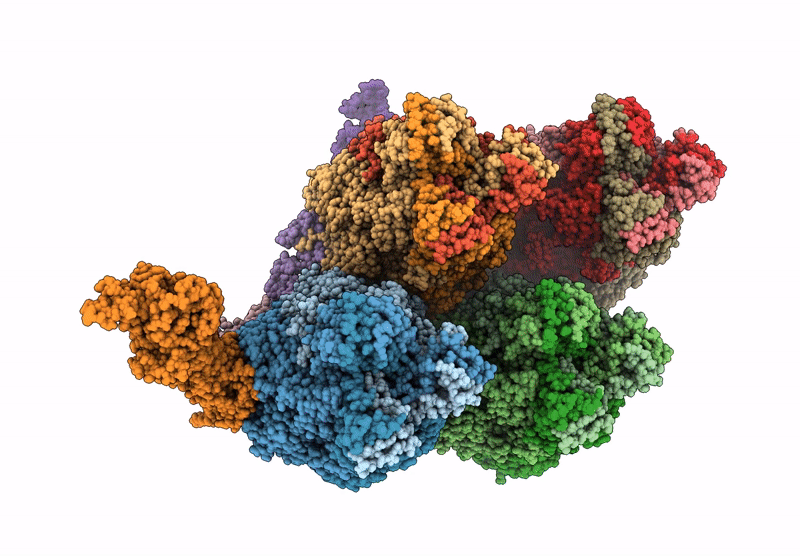
Deposition Date
2024-01-12
Release Date
2025-01-29
Last Version Date
2025-10-22
Method Details:
Experimental Method:
Resolution:
3.40 Å
Aggregation State:
PARTICLE
Reconstruction Method:
SINGLE PARTICLE


